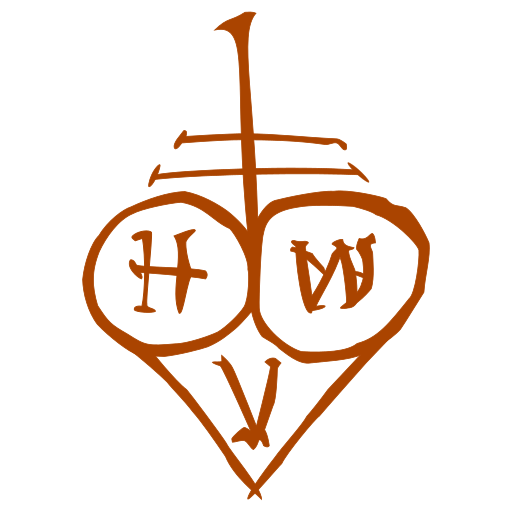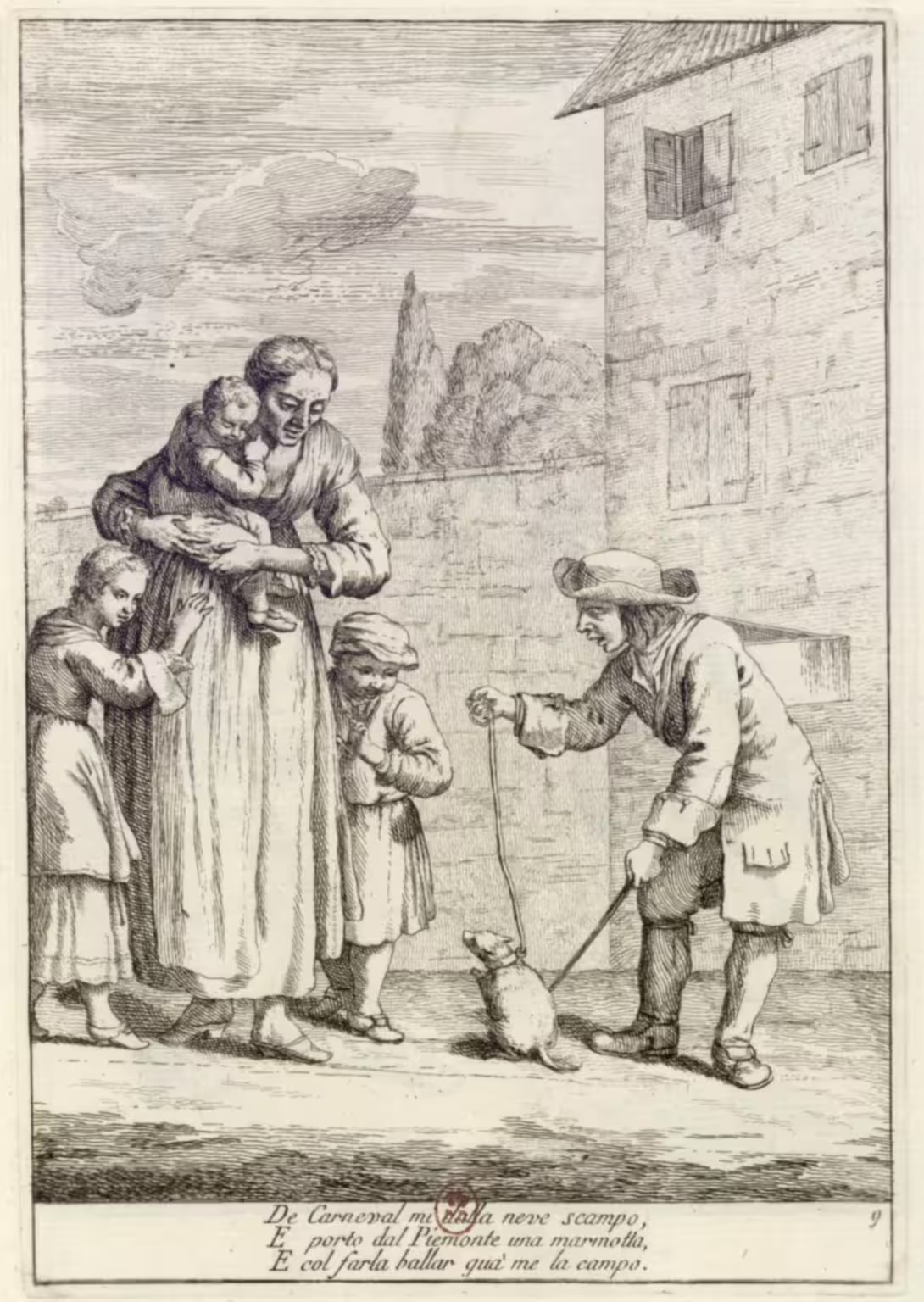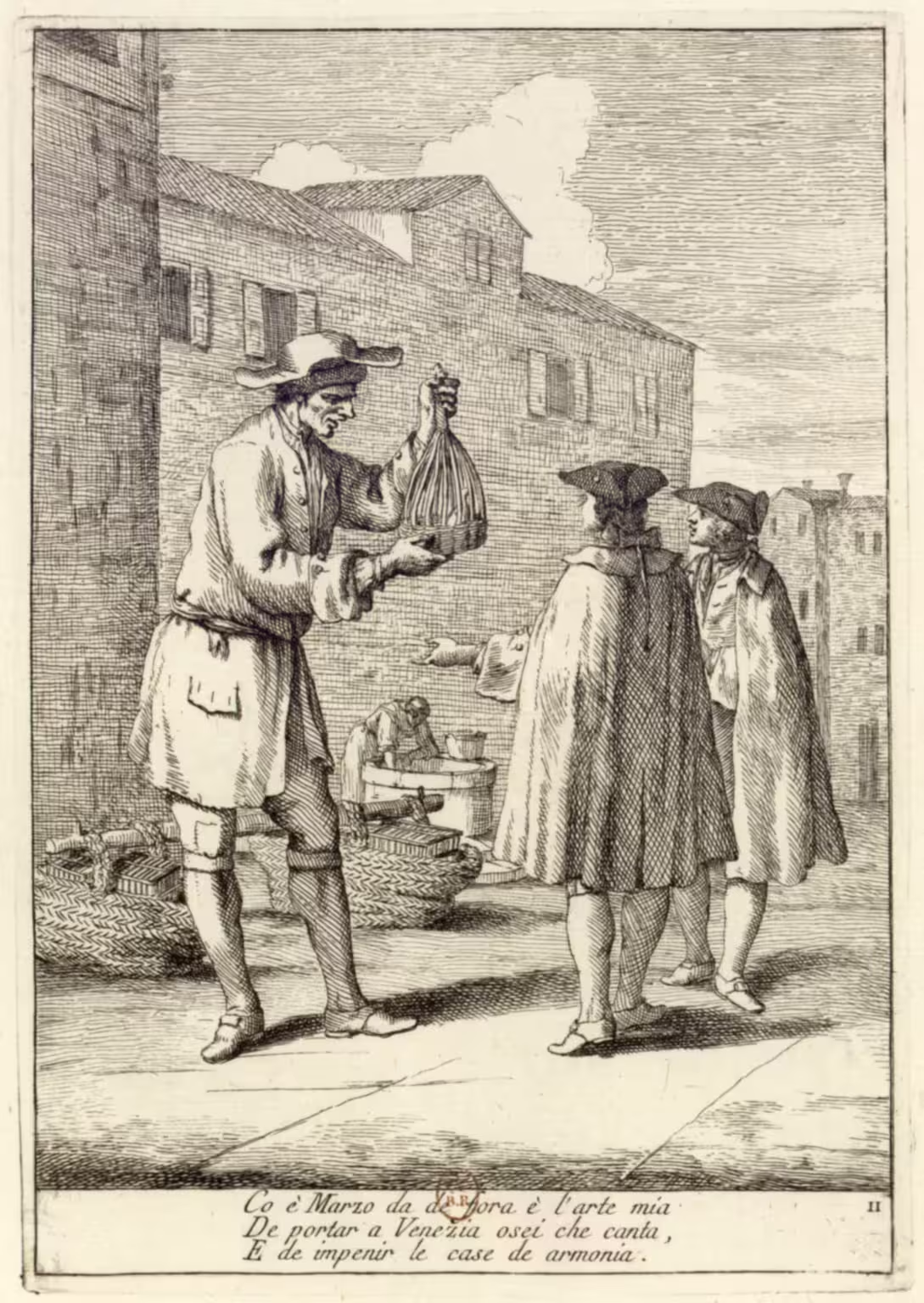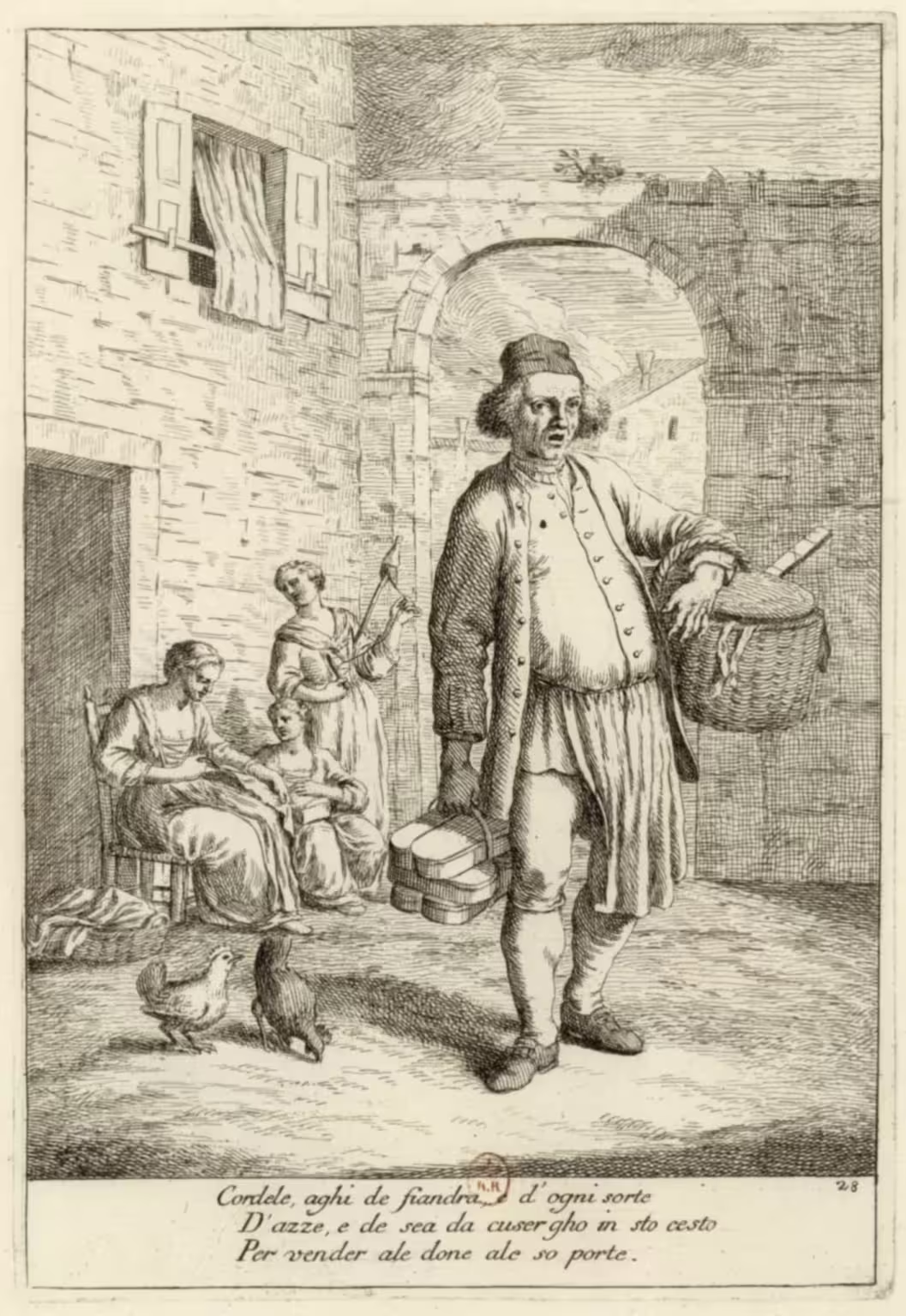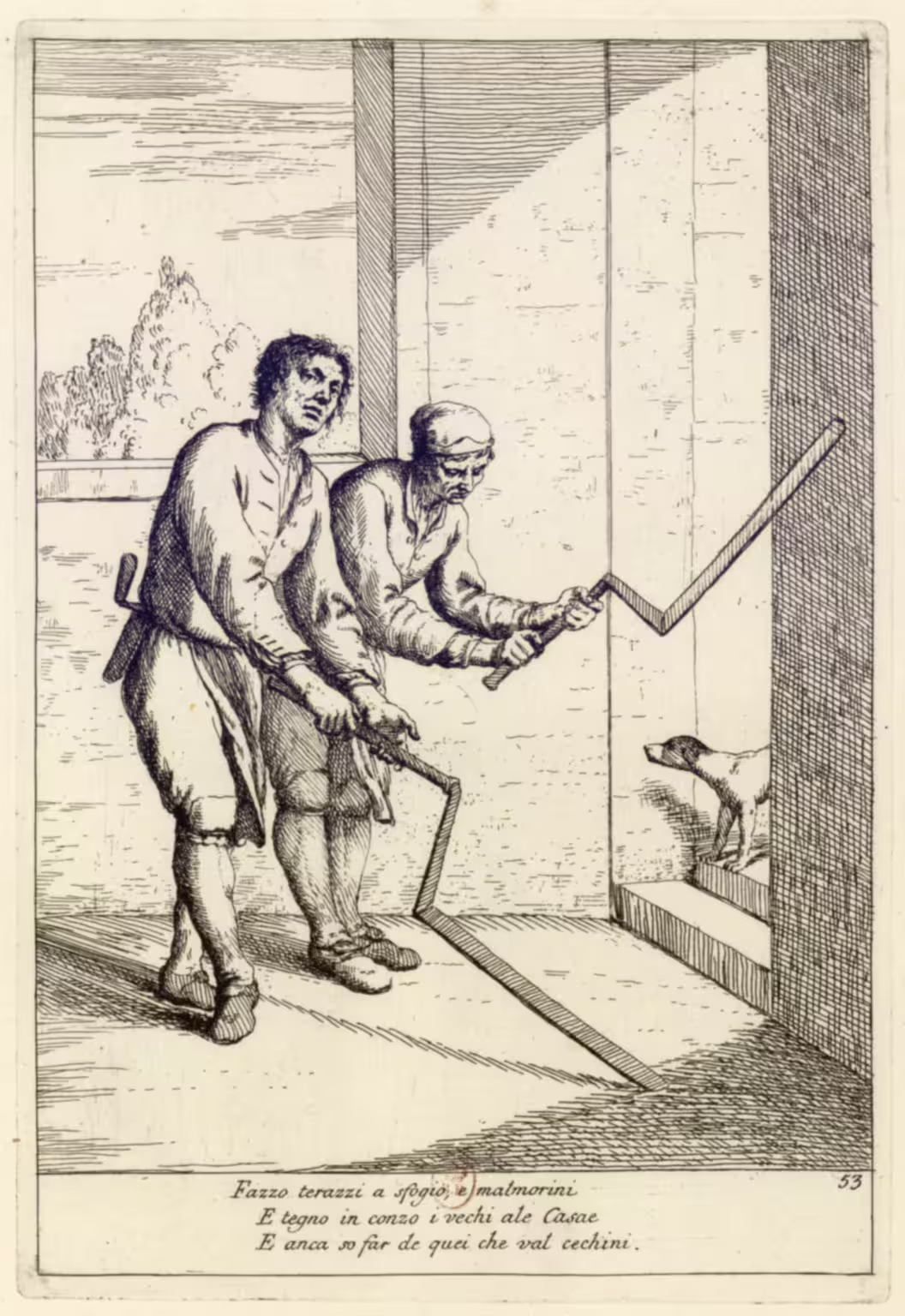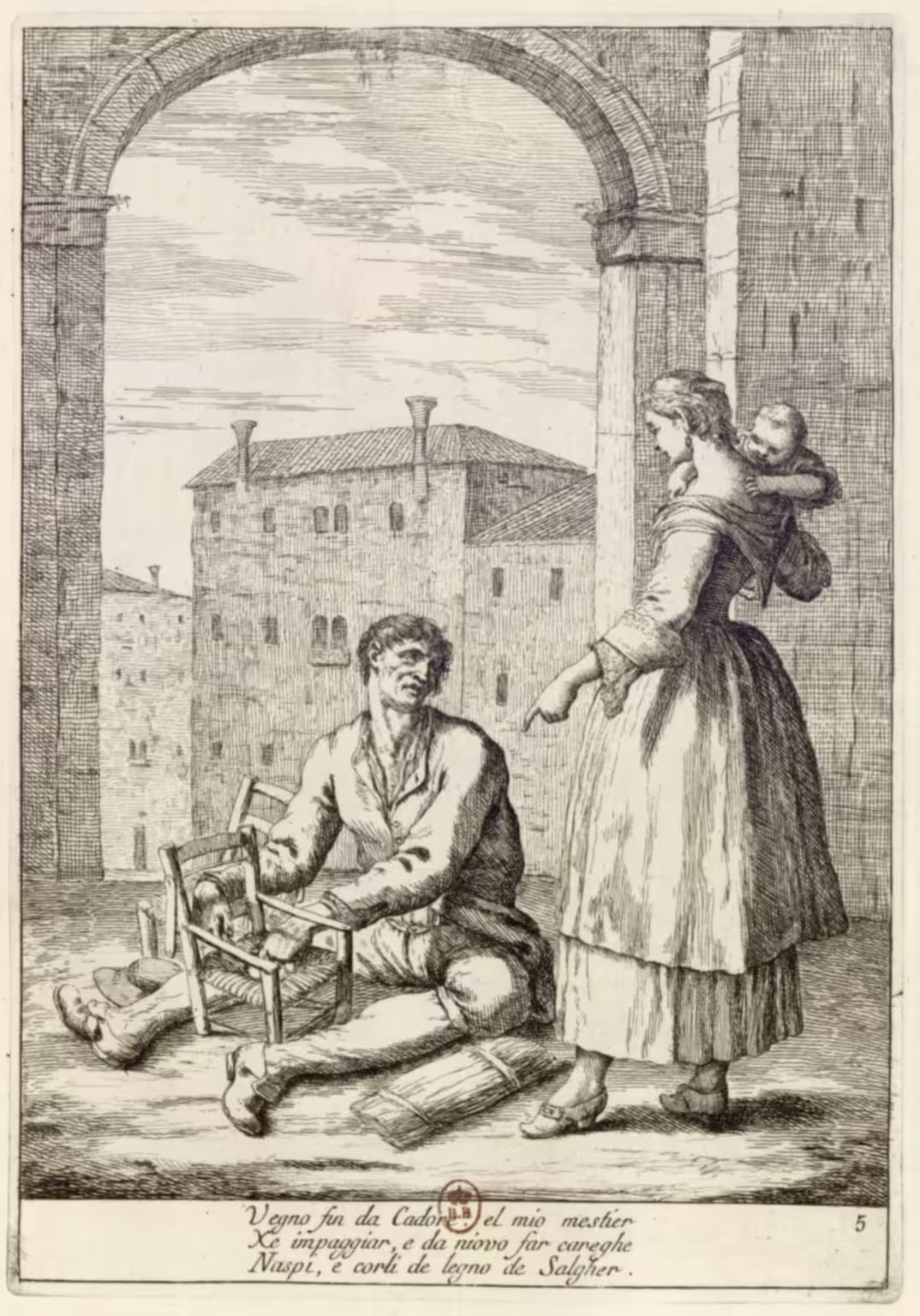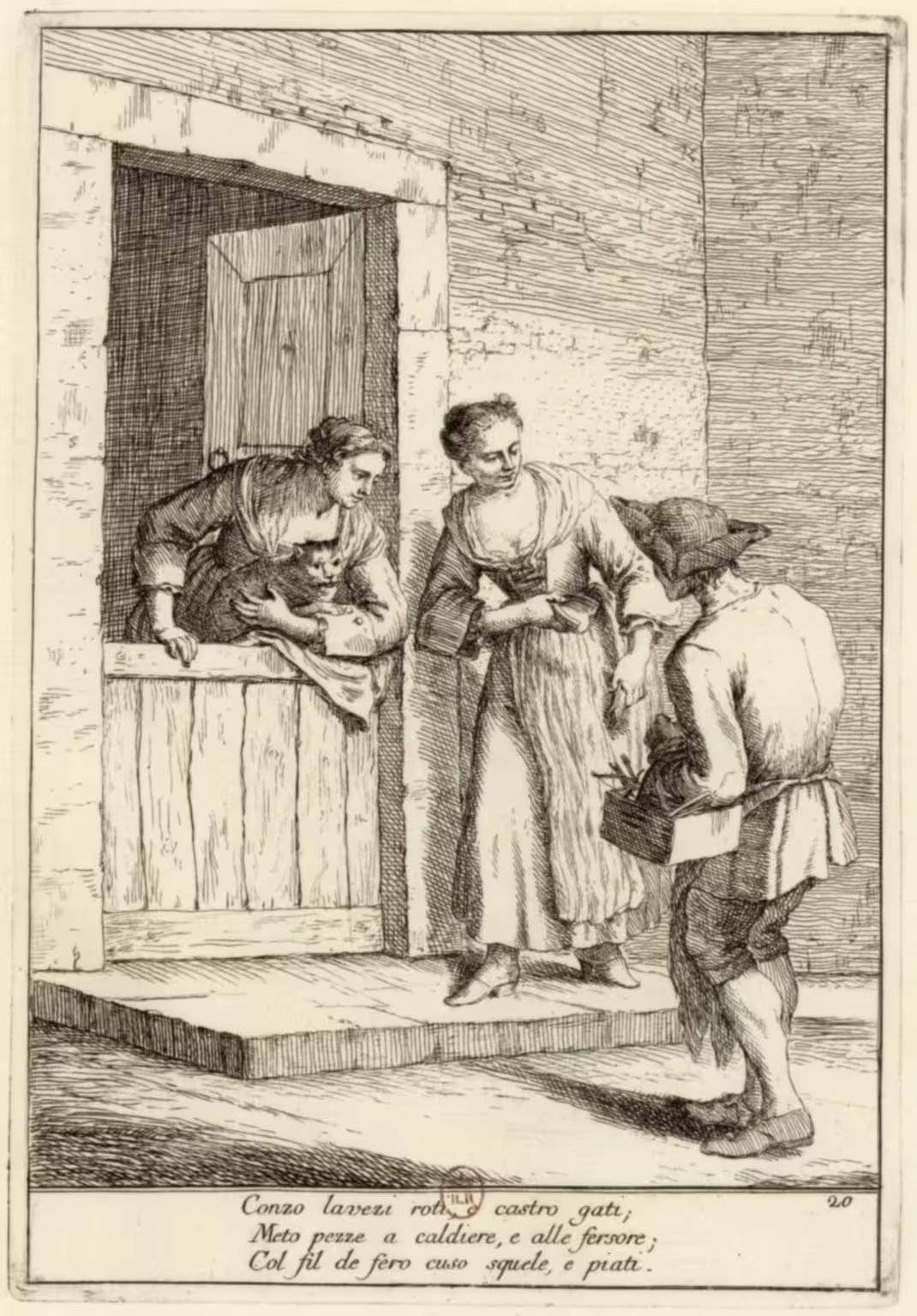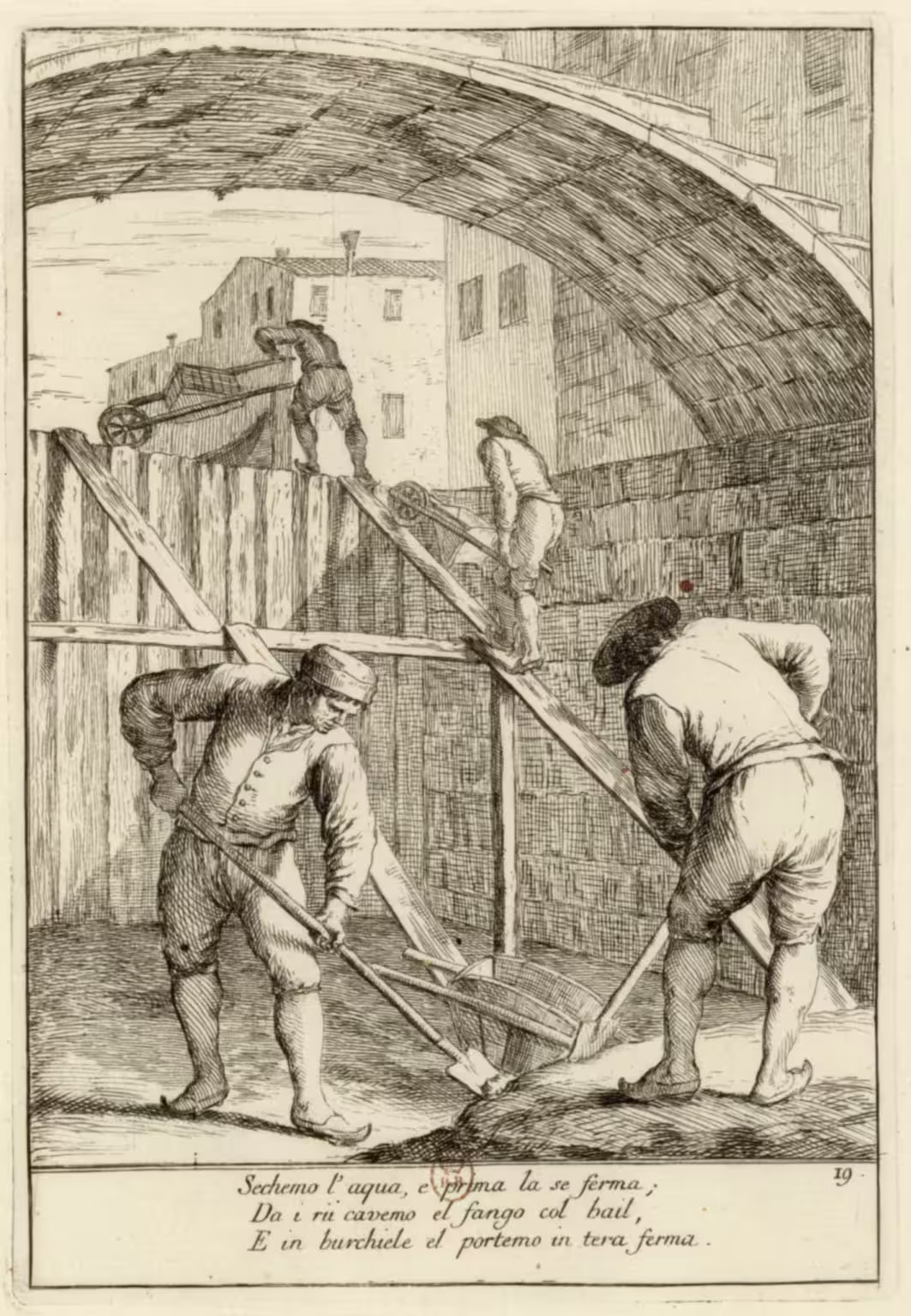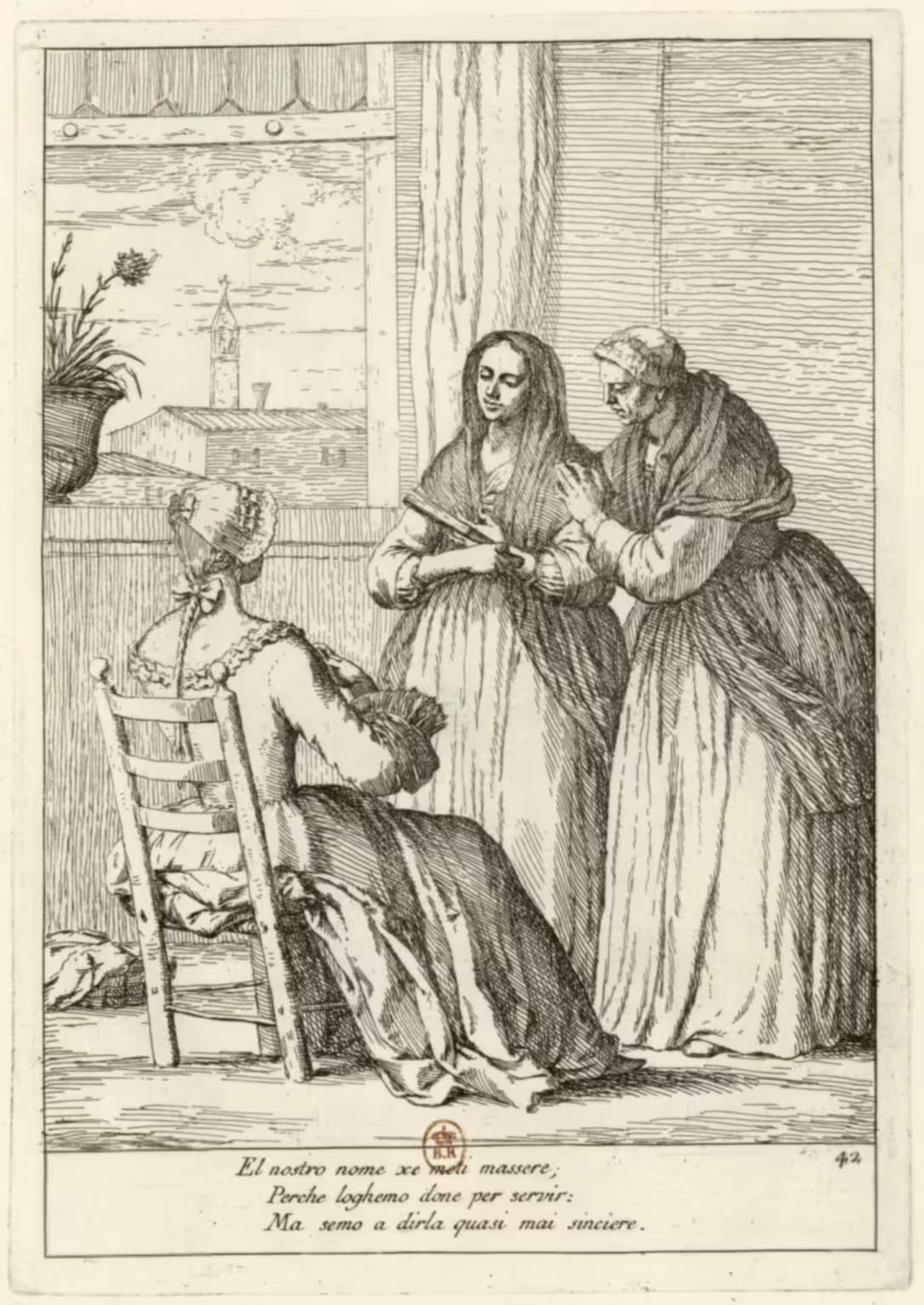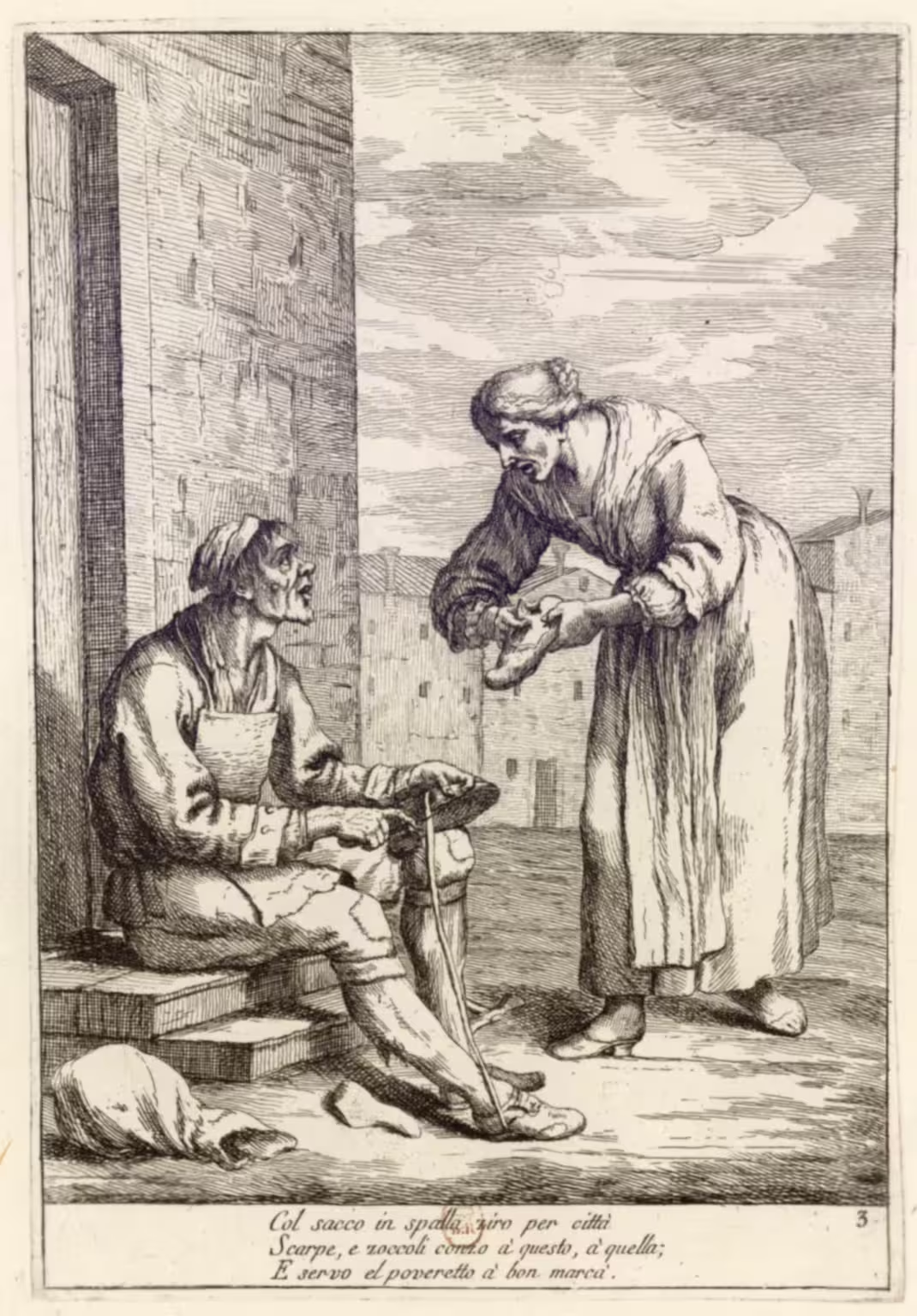The writings on this site are split into several categories, but they’re all listed here together, chronologically, newest first.
The categories are articles, blog posts, lists and translations from various sources.
Almost everything is cross-referenced by names of persons and institutions, by location, and even by bibliography. There is also a glossary of Venetian terms with references.
The podcast and newsletter are on the Venetian Stories website.
-
Fa ballar i Cani — street entertainer with dancing dogs — Zompini — Arti #54
“Fa ballar i Cani” (street entertainer with dancing dogs) from “Arti che vanno per via” (1785) by Gaetano Zompini, translated by René Seindal.
-
Marmotina — street entertainer with a trained marmot — Zompini — Arti #9
“Marmotina” (street entertainer with a trained marmot) from “Arti che vanno per via” (1785) by Gaetano Zompini, translated by René Seindal.
-
Osei, che canta — vendor of caged songbirds — Zompini — Arti #11
“Osei, che canta” (vendor of caged songbirds) from “Arti che vanno per via” (1785) by Gaetano Zompini, translated by René Seindal.
-
Marcer — door to door salesman of cloth and sewing utensils — Zompini — Arti #28
“Marcer” (door to door salesman of cloth and sewing utensils) from “Arti che vanno per via” (1785) by Gaetano Zompini, translated by René Seindal.
-
Terrazzer — makers of terrazzo floors — Zompini — Arti #53
“Terrazzer” (makers of terrazzo floors) from “Arti che vanno per via” (1785) by Gaetano Zompini, translated by René Seindal.
-
Conza Careghe — chair maker — Zompini — Arti #5
“Conza Careghe” (chair maker) from “Arti che vanno per via” (1785) by Gaetano Zompini, translated by René Seindal.
-
Conza Lavezzi — tinker of copper utensil — Zompini — Arti #20
“Conza Lavezzi” (tinker of copper utensil) from “Arti che vanno per via” (1785) by Gaetano Zompini, translated by René Seindal.
-
Cavà Rii — Canal dredgers — Zompini — Arti #19
“Cavà Rii” (Canal dredgers) from “Arti che vanno per via” (1785) by Gaetano Zompini, translated by René Seindal.
-
Metti Massere — agent of servants and maids — Zompini — Arti #42
“Metti Massere” (agent of servants and maids) from “Arti che vanno per via” (1785) by Gaetano Zompini, translated by René Seindal.
-
Conza Zocoli — clog mender — Zompini — Arti #3
“Conza Zocoli” (clog mender) from “Arti che vanno per via” (1785) by Gaetano Zompini, translated by René Seindal.
